Feature Image: Courtesy of Blizzard
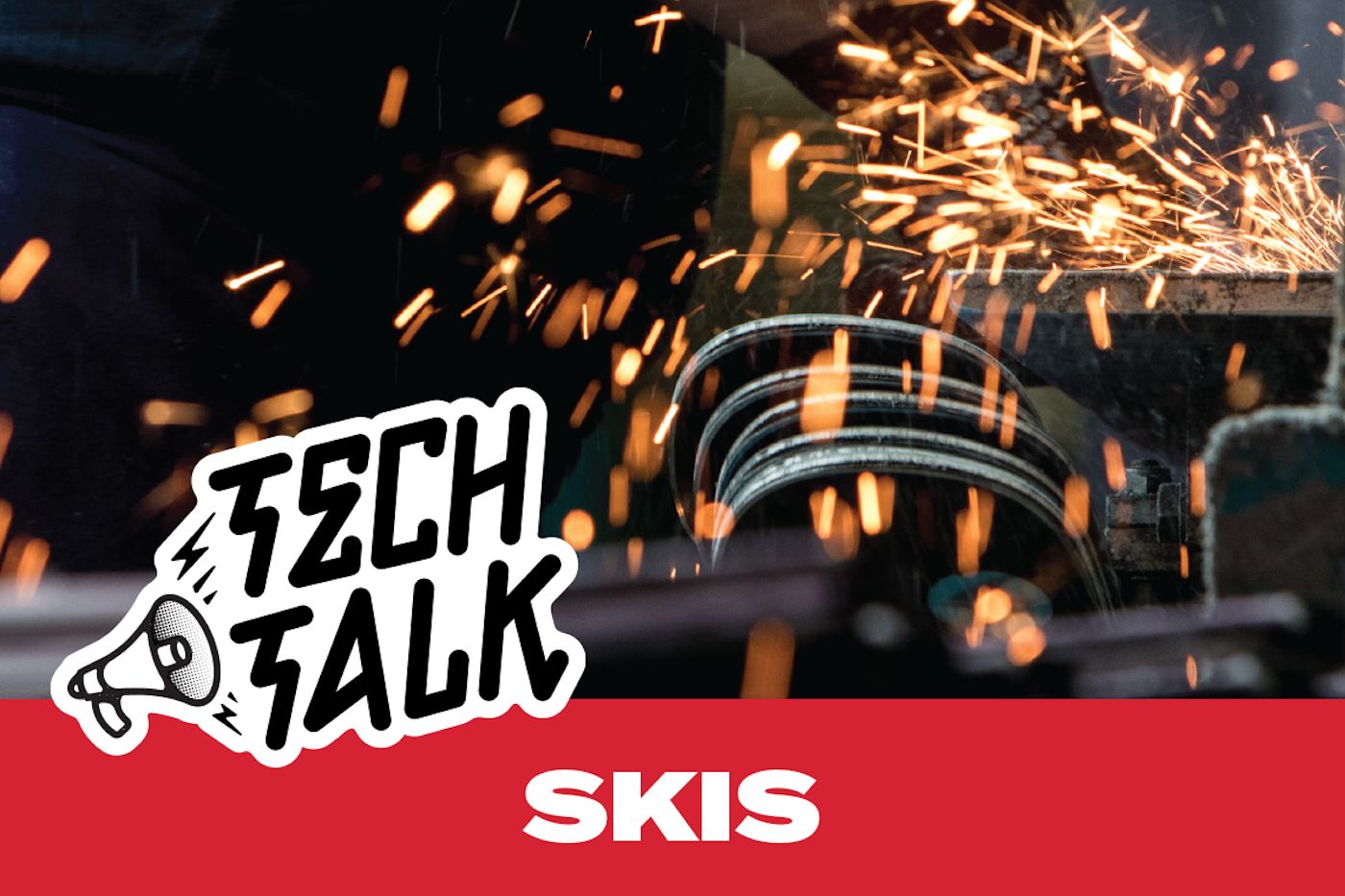
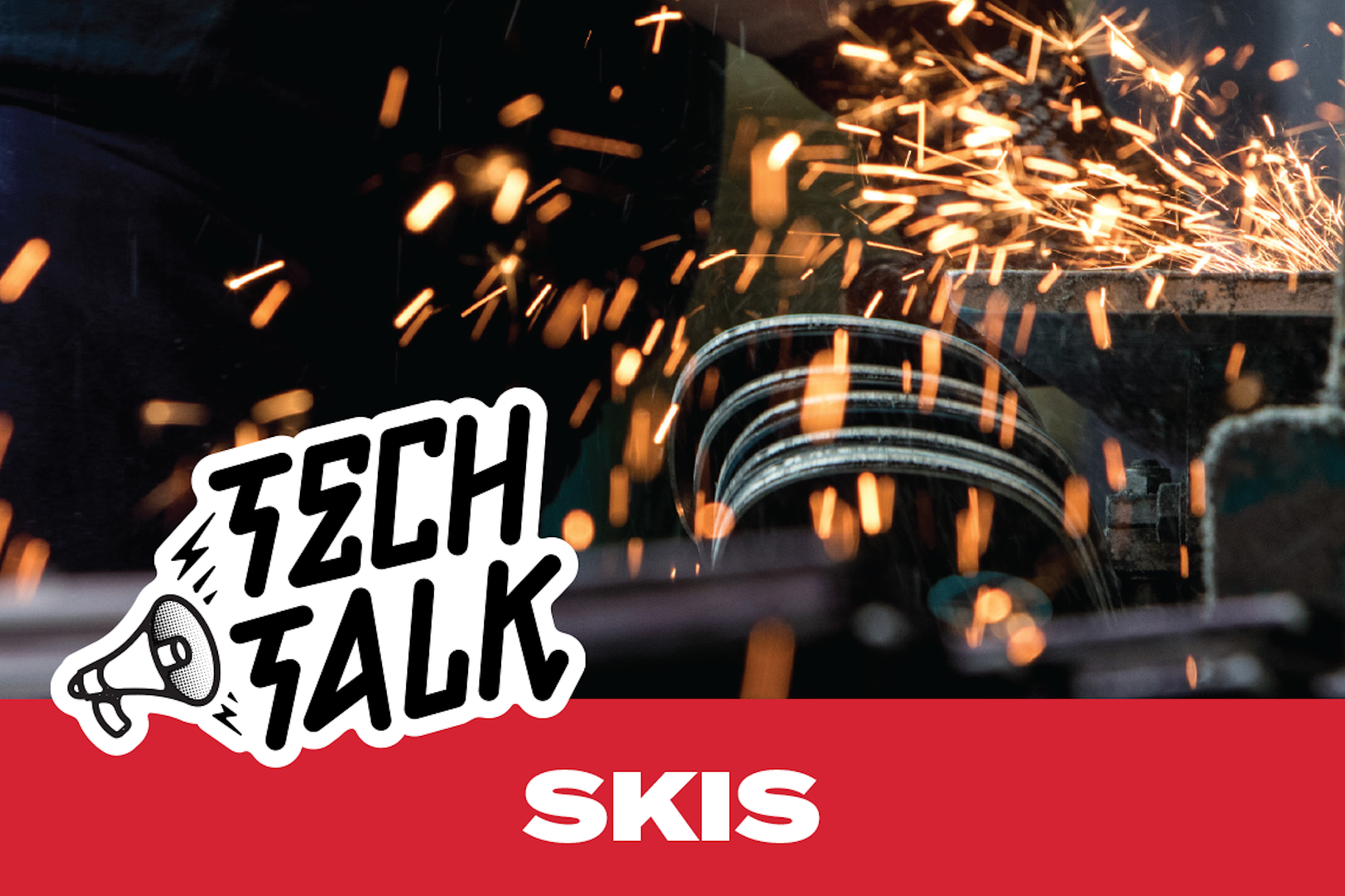
Cutting through the jargon that surrounds buying skis can be tough. To help you better understand the products you need for a great day on the hill, we’ve brought in the expert Gearheads from Backcountry.
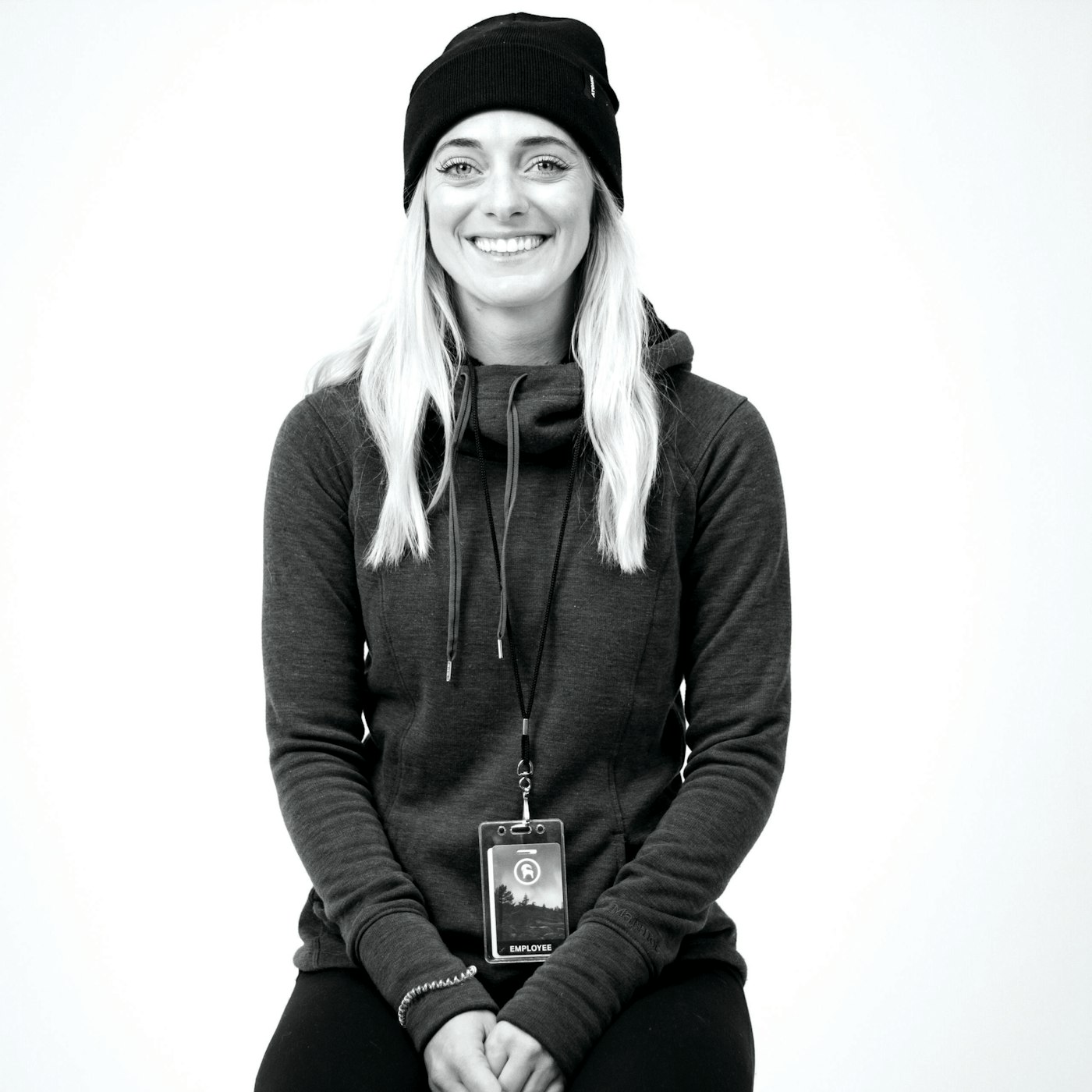
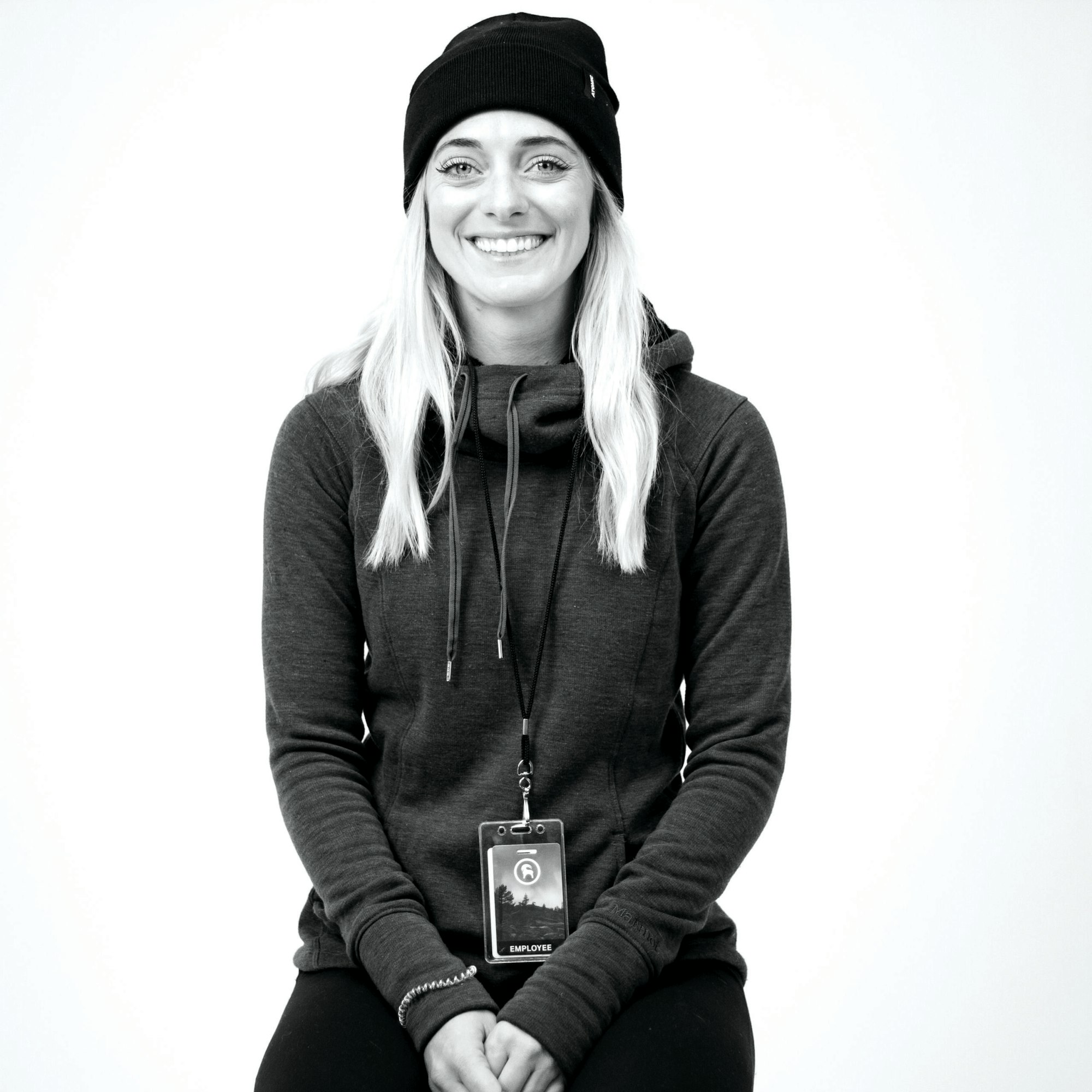
Mallory Slicker
Age: 26
Number of years as a Gearhead: 4
Favorite Place to ski: Alta Ski Area, UT
Favorite après drink or snack: Beer, Alta Bombs, chicken fingers and pizza.
Tell us a little about yourself:
I am originally from West Bloomfield, Michigan. I moved to Utah four years ago after graduating from Northern Michigan University. I grew up an avid ski racer and raced club all throughout college, which is how I fell in love with the mountains and the outdoors. Other than skiing, I love water skiing, anything behind a boat or on the water, mountain biking, camping, hiking, hanging with friends and exploring everywhere!
MALLORY SAYS…
What are the biggest trends you’re seeing in ski construction right now?
Alpine skis are continuing to get lighter, but with the use of new materials and construction techniques they retain the dampness most skiers are seek out. The use of bio-based and eco-friendly plastics is beginning to become popular too, as more people who are buying skis demand green products. More brands are trying to build 50/50 skis that are compatible with all the hybrid boots and bindings entering the market.
How does somebody choose the right length ski for them?
When choosing the right ski length, skiers should take into account their height, weight, ability level and the terrain they like to ski. A novice skier will want to start with skis that stand about chin-height. As your ability increases, so, too, does the ski length, eventually matching your height or going even longer. The shorter the ski, the easier it will be to initiate and release from turns. Longer skis, on the other hand, will be more stable at high speed, provide a stronger landing platform and more surface area for deep snow.
What characteristics do different wood types lend to a ski?
GET TO KNOW THE LINGO…
01. CAMBER
This refers to the convex bend in the center of a ski when it’s placed flat on the ground. The binding area will be a few millimeters higher than the contact points at the tip and tail. When skiing, your weight will press from those contact points at the tip and tail and distribute your weight evenly across the ski. When you release from a turn, that built up energy will rebound, giving you a pop going into your next turn or off a jump. Camber increases the effective edge length, giving you more control and stability in steep terrain and poor snow conditions.
02. ROCKER
Similar to the shape of a water ski and sometimes referred to as “reverse camber,” rocker is found in the tips and tails of many skis and all the way throughout others. It helps you easily pivot your skis, eases turn initiation and planes up well in deeper snow.
03. SIDECUT
Sidecut describes the parabolic shape between the widest point in the shovel, the narrowest point at the waist and the widest point at the tail. This shape plays a huge roll in determining how a ski will turn on edge—the deeper the sidecut, the quicker it will turn. Traditionally, the sidecut was always a uniform hourglass shape but some modern ski designs now incorporate multiple sidecut angles for better performance in different snow conditions.
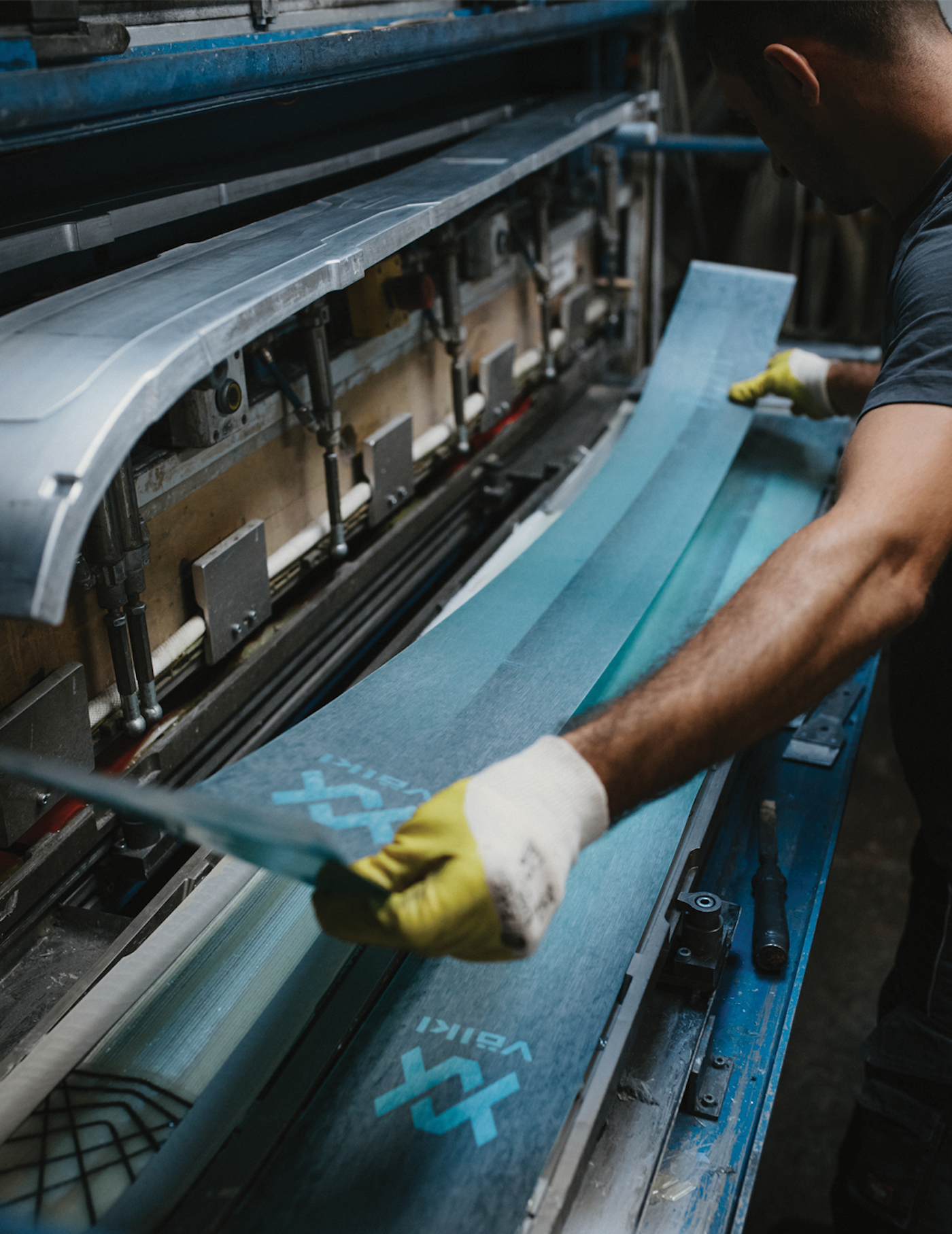
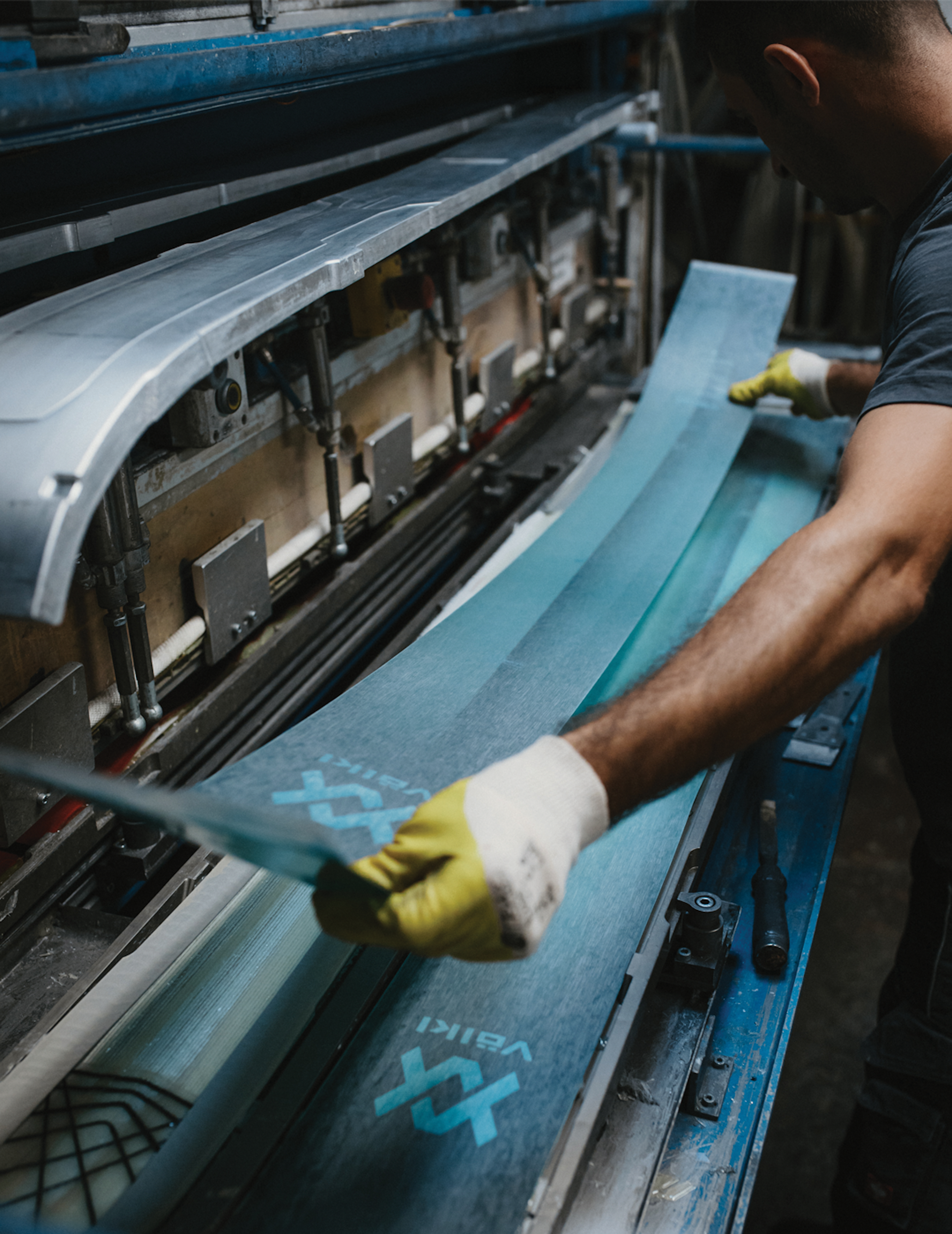
04. TAPER
Taper is an especially important factor that decides how a ski will perform in softer and harder conditions. It refers to how close the widest points of the ski are placed relative to the tip and tail. Powder skis and touring skis often have lots of taper, with the widest points being slightly closer to the middle of the ski. This allows them to plane up easily and cut through deep snow. Narrower all-mountain and carving skis have minimal or no taper which provides instant turn initiation as soon as you tip over the ski. Taper decreases the effective edge of a ski, so heavily tapered skis are often unstable in steep and variable terrain.
05. TORSIONAL RIGIDITY
Imagine taking a stainless steel ruler, grabbing it at each end and then twisting it in opposite directions. The harder it is to twist, the more torsional rigidity it has; with skis, this translates to more grip and hold when making a turn. The easier it is to twist, the more playfulness and forgiveness a ski will have.
06. LAMINATES
METAL — Titanal, an aluminum alloy, is used to add stability, energy and torsional rigidity to skis. It’s nothing new to the ski world, but manufacturers are now milling it in creative shapes and cutouts to better tune the weight and flex throughout the length of different ski models. Skis with Titanal tend to be damp and very stable at high speeds.
FIBERGLASS — A stiff, yet elastic sheet epoxied around the wood core, fiberglass makes up 50-80 percent of your ski’s stiffness. This damp material provides great pop when engaged and it’s cheap, a primary reason ski manufacturers love the stuff.
CARBON FIBER — Strong and energetic for its weight, carbon is favored by backcountry ski manufacturers. Increasingly, you’ll find carbon stringers in alpine skis to add pop and stiffness without the weight of fiberglass or metal.
BEFORE YOU BUY…
Before buying skis, think about where you typically ski and what you want to accomplish. Knowing what the snowfall and conditions are where you like to ski will help you decide on what width of ski, as well as the ski profile you should be purchasing.
What do you like (and not like) about your current skis? Think of the pros and cons your current skis, and look for things you should keep in that new ski or try to avoid for your next pair.
What level of skier are you? I see a lot of people over buying the level of the skis that they should be purchasing. I always recommend talking to a local sales person, a Gearhead or an experienced friend who can help you establish what level of skier you are.
![[Tech Talk] FREESKIER's no-nonsense guide to buying skis](https://www.datocms-assets.com/163516/1751500470-techtalk_feat.png?auto=format&bg=FFFFFF&w=100)
![[Tech Talk] FREESKIER's no-nonsense guide to buying skis](https://www.datocms-assets.com/163516/1751500470-techtalk_feat.png?auto=format&bg=FFFFFF&w=1200)
![[GIVEAWAY] Win a Legendary Ski Trip with Icelantic's Road to the Rocks](https://www.datocms-assets.com/163516/1765233064-r2r26_freeskier_leaderboard1.jpg?w=200&h=200&fit=crop)
![[GIVEAWAY] Win a Head-to-Toe Ski Setup from IFSA](https://www.datocms-assets.com/163516/1765920344-ifsa.jpg?w=200&h=200&fit=crop)

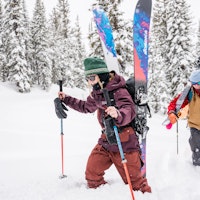
![[GIVEAWAY] Win a Legendary Ski Trip with Icelantic's Road to the Rocks](https://www.datocms-assets.com/163516/1765233064-r2r26_freeskier_leaderboard1.jpg?auto=format&w=400&h=300&fit=crop&crop=faces,entropy)


![[GIVEAWAY] Win a Head-to-Toe Ski Setup from IFSA](https://www.datocms-assets.com/163516/1765920344-ifsa.jpg?auto=format&w=400&h=300&fit=crop&crop=faces,entropy)


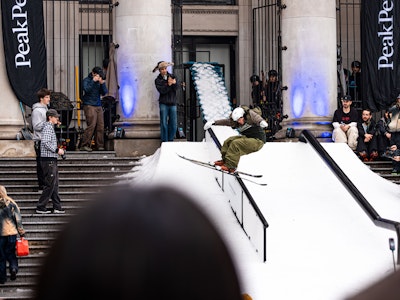
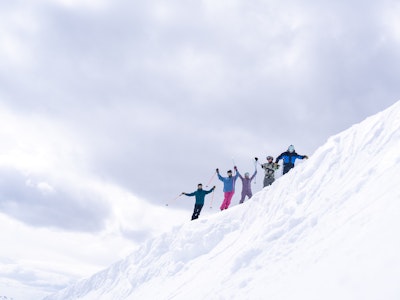
![[Tech Talk] FREESKIER's no-nonsense guide to buying skis](https://www.datocms-assets.com/163516/1751500470-techtalk_feat.png?auto=format&bg=FFFFFF&w=2000)